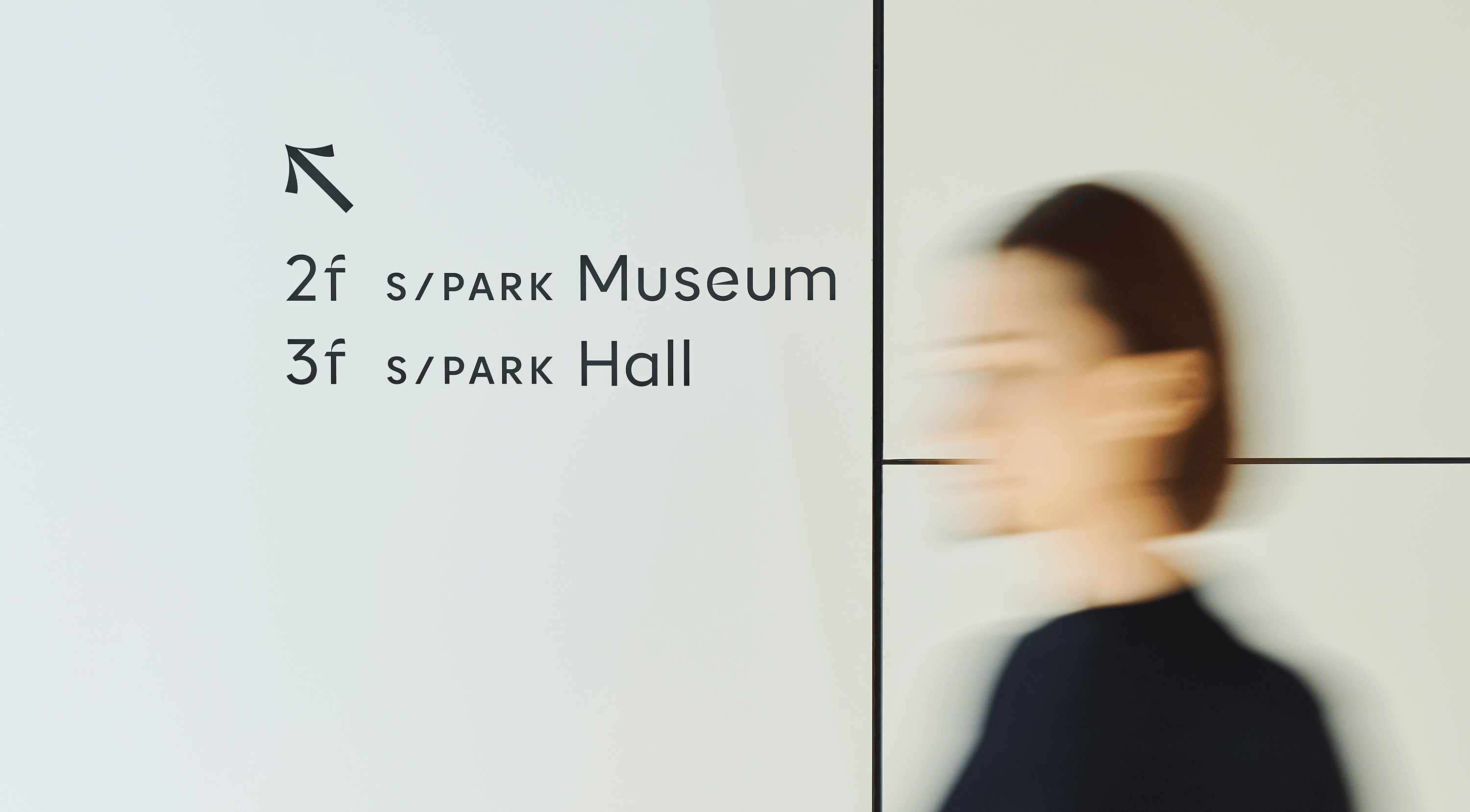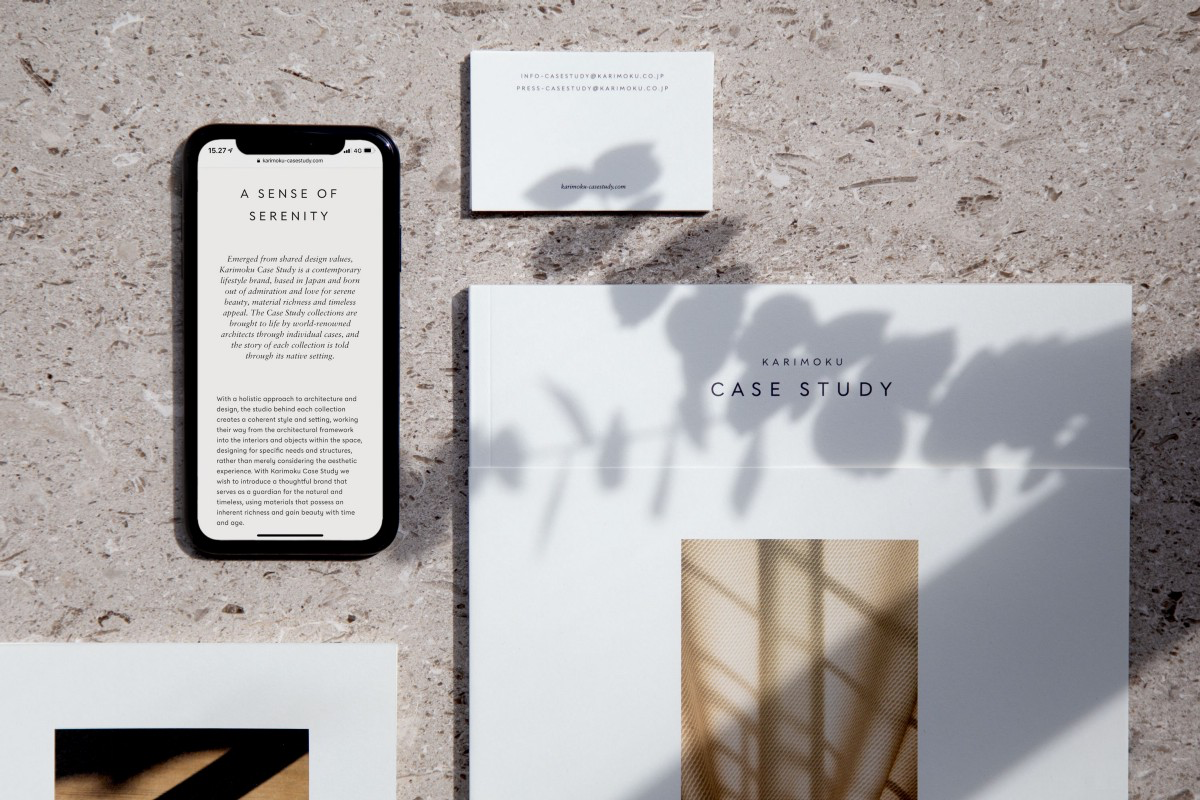Kontrapunkt is a design agency with offices in Copenhagen and Tokyo that creates brands and products for governmental institutions, big corporations, and startups. Some of the brands Kontrapunkt has worked with include LEGO, Denso, Mitsubishi Motors, Shiseido, Nissan, and the Danish parliament.
The fascination and interest Japan exercises on Westerners has undoubtedly increased in the last decades. More and more people want to learn about what it’s like to work in Japan as a foreigner. Despite a long list of literature, articles, and interviews have been produced, the majority of this material is written with an American perspective.
Even though they are located on opposite sides of the globe and their cultures are diametrically opposed, Japan and Scandinavia share some similarities. For example, they are both famous for minimalism and for valuing modesty deeply. The Scandinavian humbleness, which finds its roots in the Law of Jante — a code of down-to-earth code of conduct formulated in the 30’s by writer Axel Sandemose — shares a common ground with the centennial Japanese value of modesty.
Philip’s decennial experience as Danish Designer in Japan makes him a perfect candidate to discuss the cultural and working differences and similaties between Denmark and Japan. At Design Matters Tokyo, he will discuss how the Danish design philosophy can assist world-leading brands from Denmark and Japan in catalyzing change. Meanwhile, we asked him to share his experience and learnings from working as designer in Japan.

Before we dive into the differences between Japan and Denmark, what challenges is the world facing today, in terms of design?
From a global and business point of view, one of the biggest challenges today is to design for a more sustainable and a more socially inclusive world. We have now realized that technology and industrialism have done a lot of great things for us. But we haven’t really thought about the longevity of our planet. And in many ways, technology has made us more miserable than happy. Therefore, we should work to find processes to overcome sustainability problems.
Another challenge that currently interests the world is making sure that Ethics are embedded in all the technology we design, so that the apps and tech products we create are made with the right intentions. I think it’s not only about creating profit, but also about making the world better.
So, what goals do you have at Kontrapunkt?
At Kontrapunkt, we have the same challenges the world is facing. But another of our goals is to figure out how we can contribute in a relevant way to the challenges our clients face. This all relies on designing the right process. We found that our relevance in Japan is also concerned with presenting a design process where people feel included, where we get different divisions within an organization to work better together.
What sort of intricacies related to cultural differences do you encounter when working between Denmark and Japan?
This type of challenge has become less present over the years. But having two offices on two sides of the world has surely taught us to pay more attention to how we cross-collaborate in the two Countries. Also, it has made us a lot more aware of cultural intricacies. It’s important to be open minded and willing to accept different values and views. However, I think facing challenges in cross-collaboration is inevitable.
Generally speaking, the business cultures in Denmark and Japan are quite different from each other. The business structure in Denmark is relatively flat, whereas in Japan it seems to be more driven by a hierarchical structure.
When we work with clients, be it in Danish or Japanese organizations, the approach we use is the same. However, when we speak to some of our Japanese clients who have middle managerial roles, we see that sometimes they struggle to have proper influence on higher level decisions, even if they have a lot of great ideas.

How do you overcome these challenges?
We try to employ people’s talent better within the organization. We help people have a larger influence on decisions and make their voice heard. But we also work to create awareness around the power of design, by creating better processes and with great storytelling. This is why we put a lot of attention into creating captivating presentations.
In fact, every time you see something that is different, you pay extra attention. It can be both good or bad, but design used in the right way can become a powerful way to help people see new directions, new opportunities. And this is typically how we work.
What’s the most exciting aspect of working in Japan as a Danish company?
What gives us the most energy about being in Japan is that we are so fascinated by a completely different culture. Despite the differences, many aspects of the Japanese mentality seem to be very similar to the Danish ones, on a value level.
We have a similar appreciation for minimalism, and a similar way of being humble. And since these two cultures resonate well with each other, there is a lot we can learn from each other.
This fascination is what brought us to Japan in the first place. Still now, working with Japanese brands keeps us incredibly intrigued. Most of the big Japanese corporations have a massive market in Japan, but many of them are also reliant on being relevant in the rest of the world. What we, as Danish designers, can bring to the table in a Japanese organization is helping them figure out how to speak more relevantly to a broader audience than the Japanese one. This is where we, as Scandinavian people, can help.
However it’s important to remember that being able to listen and avoiding falling into the trap of an imperialist mindset is important. A mistake a foreigner in Japan could make is thinking that they have the right answers simply because they see a problem, think about how it is tackled in the West, and assume Japan needs the same solution. But that’s really not the case.

What did you learn from your failures in Japan?
When we started in Japan, perhaps we didn’t understand the premises of how the culture works there. We didn’t know when it’s right to challenge and when it’s right to listen.
One of my personal biggest learnings is that in Denmark, but not in Japan, everyone tends to discuss quite fluently, and the one who comes off as the most passionate gets to influence the conversation the most. In Japan, there is hierarchy, and silence is quite an important part of a business meeting.
Japanese people often enjoy silence after a meeting, to process their thoughts and feel the energy in the room. If you disrupt this silence too quickly, you lose the conversation that may follow, which is the most genuine conversation you can have, since it’s where all the real opinions come out.
And if you disrupt it, the discussion might never come in that meeting again.It’s important to give people the opportunity to express themselves, which means we, Danes, sometimes have to to play down our own excitement.
Understanding hierarchy and becoming better at reading subliminal messages in communication in general has been key to me.
Japanese is a high contextual language. A lot of things are being expressed in very few sentences. Some things are said in the words, other things are conveyed in the choice of words, and other things are expressed through body language or choices. For a foreigner, it can be difficult. For instance, when we didn’t understand a client’s real problem, since we weren’t able to listen in the right way, we really failed and created solutions they didn’t really need.

What aspects of the Danish and Scandinavian design are you happy to spread in Japan?
First of all, the Danish values of inclusiveness, humbleness, craftsmanship, and, more in general, care. These are our guiding forces, which fit into the design process, as well as the design outcome. As a proud design nation, we like to share our learnings from our experiences, but we also like to listen to the incredible rich culture of Japan. We like to see how these two cultures can coexist, and how we can learn from and build upon each other.
I find our approach to brand identity design exciting, as it shows our craftsmanship. Japan doesn’t have the same expertise in typography, for example. Because it has a different writing system, bringing these types of crafts to Japan makes me really excited.
And what do you admire of the Japanese design?
Japan is really great at Digital UI design, interaction design, and motion design. It’s renowned for designing games and creating incredible onboarding experiences. If you look at how Mario has been designed, you can’t help but notice incredible attention to detail. It gives you the right challenges at the right time, creating gradual engagement.





